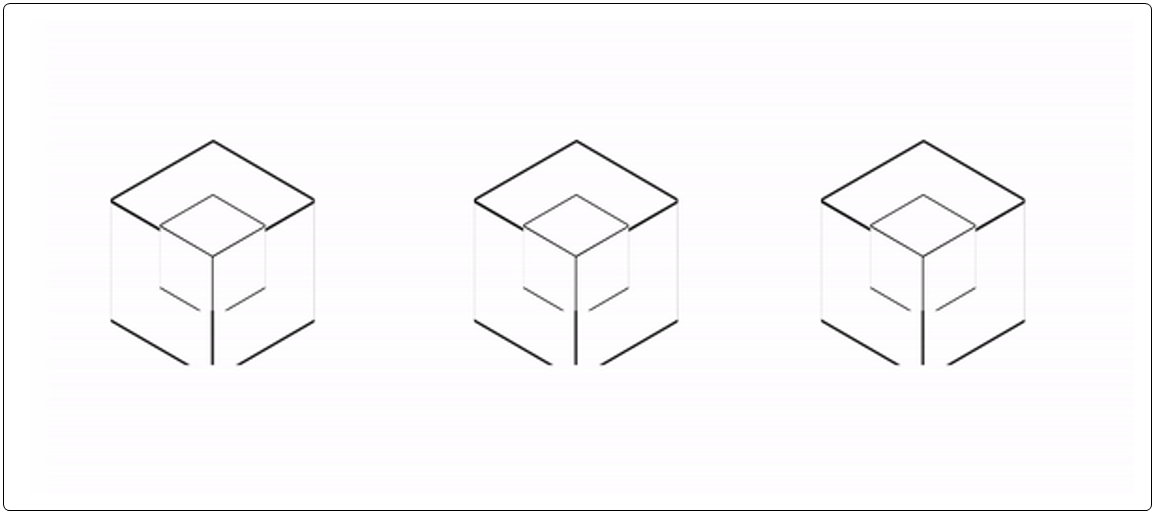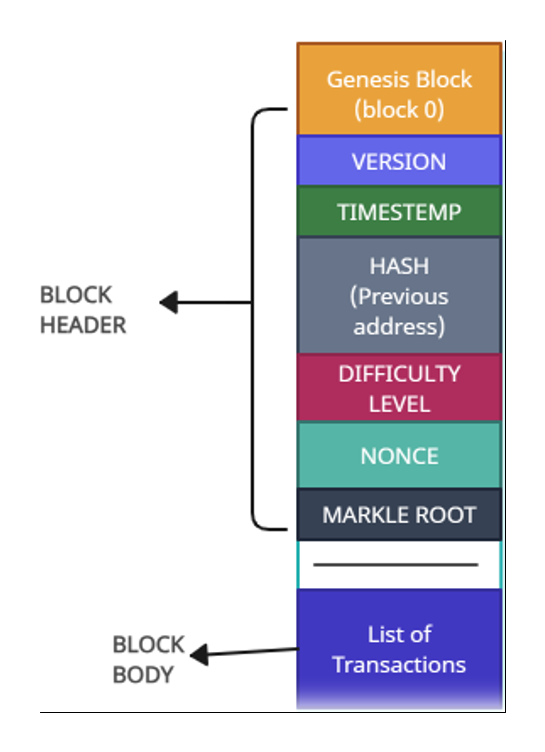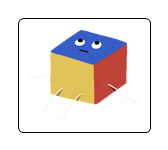The architecture of Blockchain Technology
We have heard the name of technology many times which is changing every field of life and every professional is adopting this technology because of its reliable structure or architecture, yes, I am talking about blockchain technology. The architecture of blockchain technology is the fundamental framework that underpins this innovative and transformative system. It consists of several key components and concepts, each playing a crucial role in the functionality and security of the blockchain.

Blocks: Transactions are grouped together into blocks. Each block contains a set of transactions, a reference to the previous block (known as the “hash” of the previous block), a timestamp, and a unique cryptographic code, known as a nonce. This linking of blocks creates a chain of transactions, hence the name blockchain.
Block of blockchain consist on two parts:
- Block Header
- Block Body
1. BLOCK HEADER
Header block (Hash)
A block header is a unique identifier for a block within a blockchain, which is repeatedly hashed during mining to establish proof of work and secure the network. The genesis block is the initial block, and miners adjust the nonce value to create proof of work. An 80-byte string forms the core of a block header, encompassing vital information. This includes a 4-byte Bitcoin version number, a 32-byte hash representing the previous block, a 32-byte Merkle root, a 4-byte timestamp, a 4-byte difficulty target, and a 4-byte nonce employed by miners.

GENESIS BLOCK
The genesis block, also known as Block 0, is the foundational block of a blockchain. It serves as the starting point, as it is the first block in the chain. The genesis block contains unique data and often has a hardcoded timestamp. Subsequent blocks link to the genesis block, forming a continuous chain of transactions and data.
VERSION
In blockchain technology, the version refers to the software version or protocol version used by the blockchain network. It represents the specific set of rules and features implemented in the blockchain’s software. Each update or change to the software is associated with a new version number. For example, in the context of Bitcoin, you might hear about
Bitcoin Core versions 0.21.1. These versions indicate the specific release of the Bitcoin.
TIMESTAMP
This structure refers to the exact date and time when the block was created or added to the blockchain. It is a critical piece of information that helps establish the chronological order of blocks within the blockchain.
PREVIOUS BLOCK ADDRESS/ HASH:
The HASH is a unique code generated from the data of the previous block in a blockchain. It’s used to connect blocks in a secure, chronological chain, making the blockchain resistant to tampering and ensuring the integrity of stored data.
NONCE
It’s a 32-bit (4-byte) field that miners adjust during the mining process. It is a number that, when combined with the block’s other data and hashed, must result in a hash value lower than the target value. This process is critical for achieving consensus and adding new blocks to the blockchain.
MERKEL ROOT
It contains cryptographic hash value that represents all the transactions in that block. It is computed by taking the transaction data and hashing it in a specific way, creating a unique identifier for all the transactions.
2. Block-body
In a blockchain, the block body contains all the transaction data. This information is crucial for recording and verifying transactions within the blockchain. This data is essential for maintaining the integrity and transparency of the blockchain ledger.
Core Components of Blockchain Architecture
 |
Node | Nodes serve as essential network participants, allowing them to maintain the distributed ledger and act as communication hubs for many network functions. When a miner seeks to add a block of transactions to the blockchain, the block broadcasts this information to all network nodes, ensuring a decentralized and transparent process. |
 |
Transactions | It refers to the agreements and asset transfers between parties, often involving cash or property. Within a blockchain network, a copy of these transactions is stored across computer networks, creating a digital ledger that maintains a secure and transparent record of these exchanges.
|
 |
Block | A block in a blockchain serves as a fundamental building unit, containing a collection of transactions. These transactions are bundled together within a block and linked to the previous block, creating a secure, chronological chain structure that ensures data integrity and transparency.
|
 |
Chain | It is the mechanism of linking all blocks across the entire global network of blockchain.
|
 |
Miners | Blockchain mining validates cryptocurrency transactions and involves participants known as miners. Miners verify each step-in cryptocurrency transactions.
|
 |
Consensus | Theses mechanisms ensure distributed systems, including blockchains, reach agreement on the network’s state. They play a crucial role in maintaining records and system integrity. |
